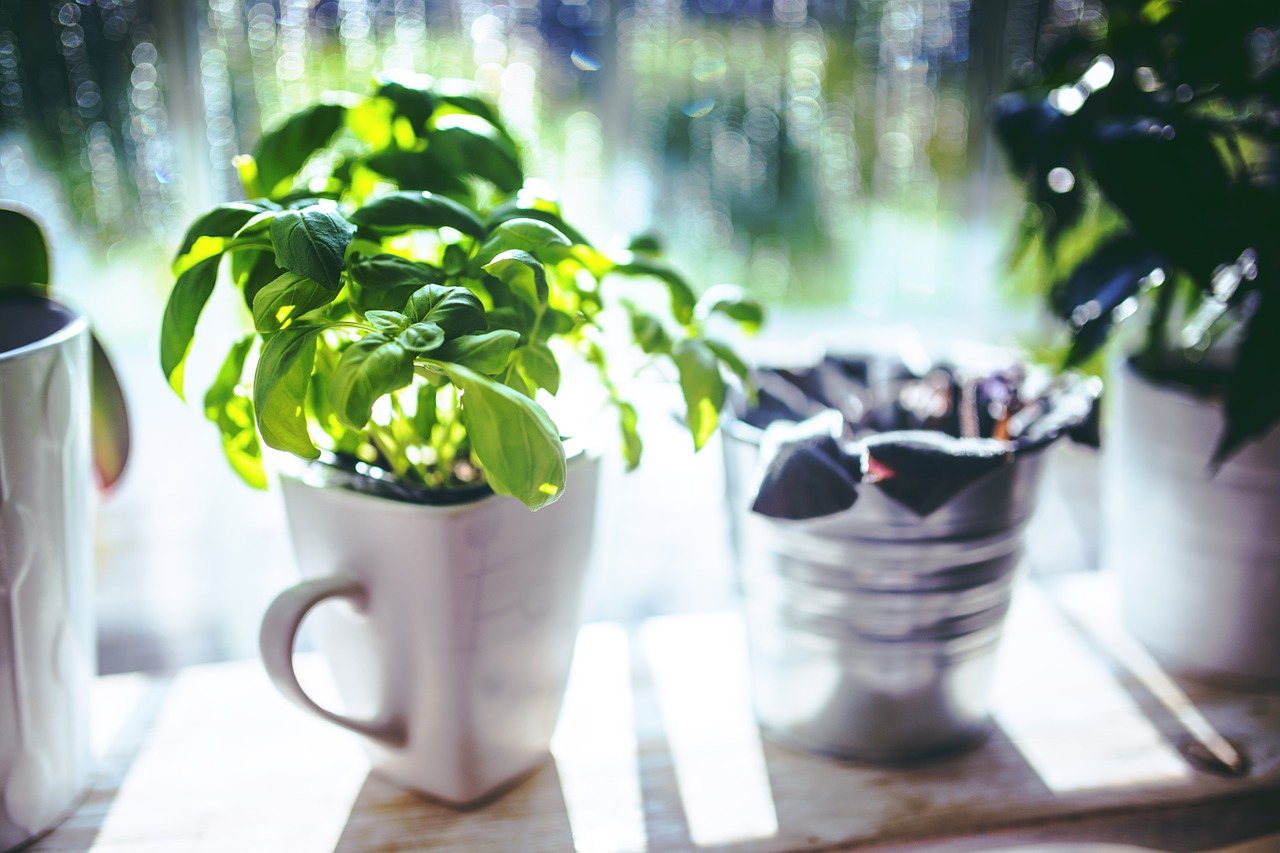The indoor garden is not only a way to beautify your home, but it also boosts your heart health by increasing oxygen levels in your blood, improving blood circulation, and reducing blood pressure. The indoor garden is also good for your mental health because it improves alertness of your brain, and helps in smoothing the functioning of the brain, and promotes happiness by releasing the happy “hormones.”
You might be asking, how does the indoor garden benefit your health. Well, you grow plants indoors, plants take carbon dioxide and release oxygen, thus improving the oxygen level in your home. When your home air has more oxygen, you will breathe in more oxygen. When you breathe in more oxygen, the oxygen level in your blood rises. Your brain will get more oxygen, your heart will get more oxygen. When more oxygen reaches your heart and brain, your heart and brain function will improve.
Your body takes oxygen and releases carbon dioxide every time you breathe. Plants do just the opposite during photosynthesis because they absorb carbon dioxide and release oxygen. That makes a perfect match for people and indoor plants because by adding them to your interior will increase oxygen levels. By placing indoor plants in various rooms in your house, you are purifying your air and making it easier for you to breathe. Plants in your bedroom will refresh the air overnight.
Plants Release Moisture Vapor
During the photosynthetic and respiratory process, plants release moisture vapor. This increases the humidity of air all around them. About 97% of the water plants take in gets released. It would help if you placed several plants together so the humidity of a room can increase and keep away respiratory distress. Studies show that keeping plants in interior spaces decreases incidents like dry skin, colds, dry coughs, and sore throats.
Plants Purify the Air
Volatile organic compounds get removed from the air by plants in 24 hours. Man-made fibers contain these substances like rugs and vinyl. They’re also present in cigarette smoke and various solvents. Areas with lots of books and printed matter have a high concentration. Plants purify the airs when they pull the contaminants into the soil. Root zone microorganisms then convert the VOCs into food for the plant.
Plants Improve Health
Surgical patients have speedier recoveries with plants in their hospital rooms. They require fewer pain medications, heart rates, and blood pressure lower. With plants around, patients experience less fatigue and anxiety. Therefore plants can significantly improve the health of people not only at home but also in office settings where many toxins from in the air. Keeping plants around guarantees that people won’t become sick as often.
One large plant should be kept in every room of your house to improve health and reduce signs of fatigue and stress. In-office and classroom settings, there should be one large plant every 129 square feet. For air purification, 15 -18 houseplants should be kept in a 1,800 square foot house. There are similar results with two smaller plants depending on how much space you have. Plants not only improve your breathing situation at home and help with air quality, but they beautify the rooms in your home. Just make sure to be careful setting out houseplants if you have small children and pets. Plants should be pet-friendly, especially if you have cats. Curious children should not be allowed to get to the plants.
Recommended Plants for Your Indoor Garden
Indoor plants help to improve the oxygen level in your home. If space is not a major problem you can plant any plants in your indoor garden, however, if space management is your major issue, you will have to choose the right plant. Among the plants that are great for households and offices include Chinese evergreen, English ivy, Philodendron, Rubber trees, daisy, snake-plant, and money-plant.
Generally speaking, plants release oxygen during the day. However, there are also plants that release oxygen at night. You can place neem, aloe vera, peepal, orchids, and snake plant in your bedroom so that you get a good night sleep because these plants continue to release oxygen at night.
Where to Place Your Indoor Plants
You can place your indoor plants where you have space, however, the best places are the drawing-room, bedroom, or living room, where you spend most of your time. Plants need sunlight, therefore, make sure you place your plat vase and pots near the window. If your plants cannot get enough sunlight, you can give them artificial light s that the photosynthesis process is up and running. Photosynthesis is necessary for plants because that’s when plants take carbon dioxide and release oxygen.
